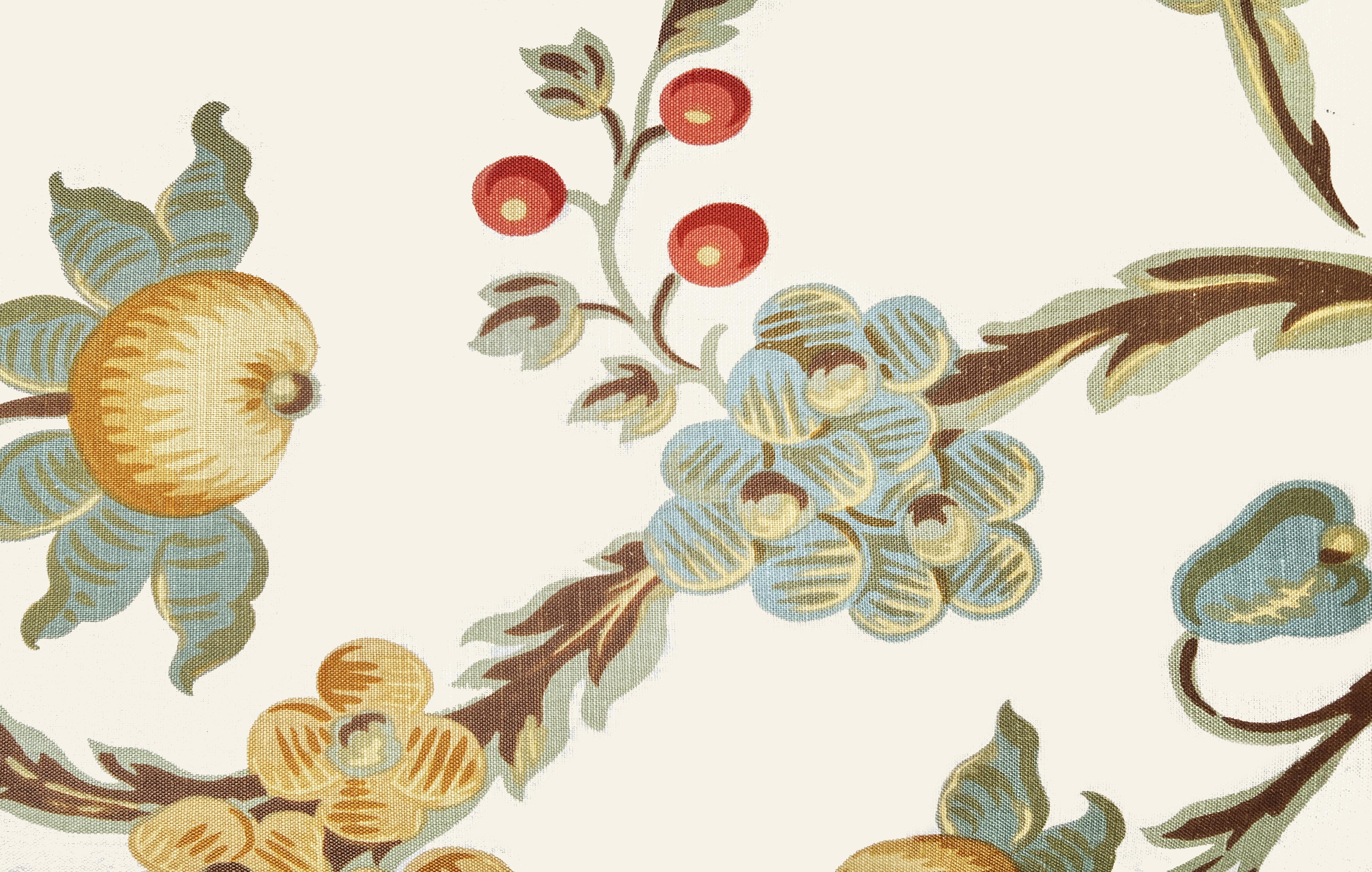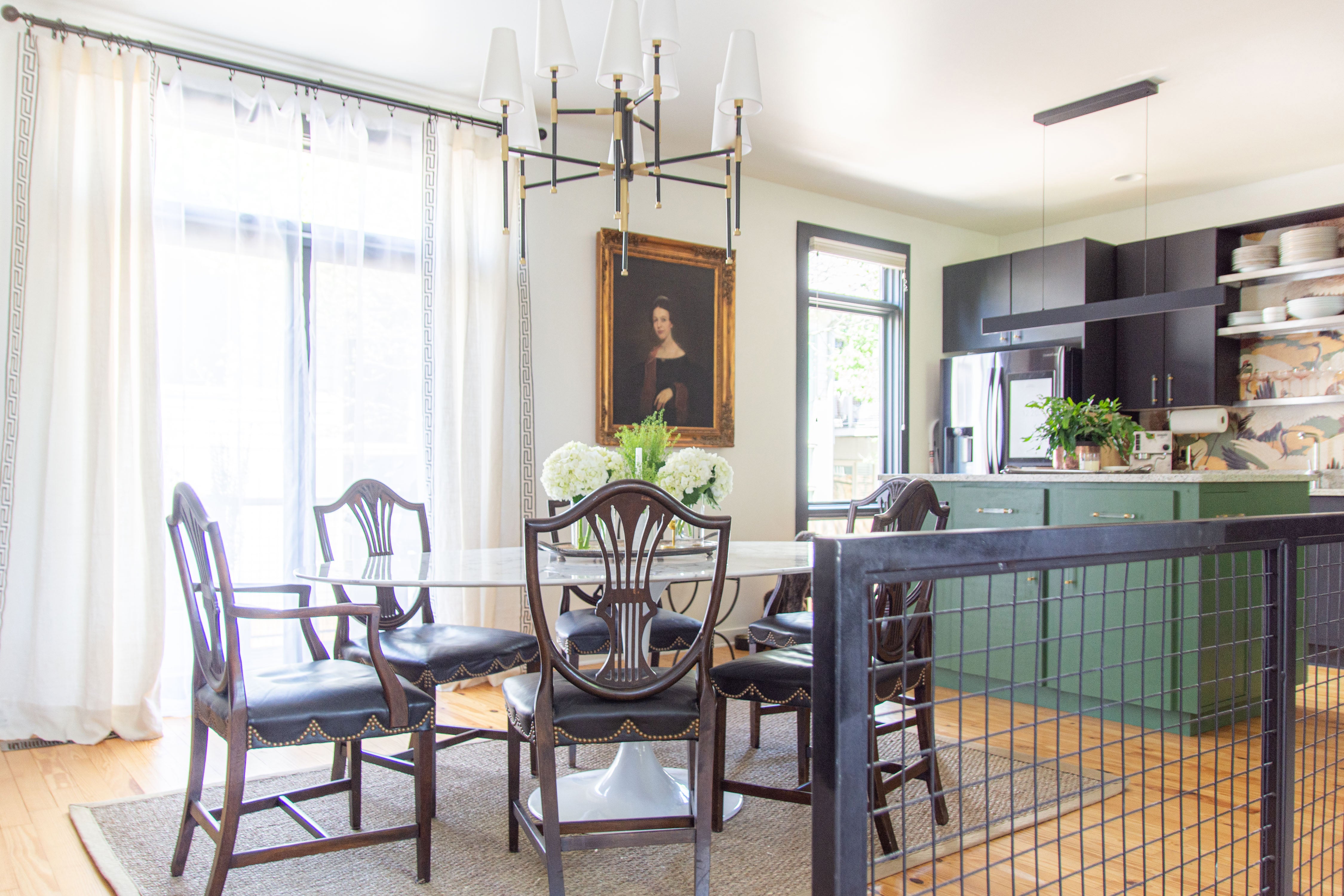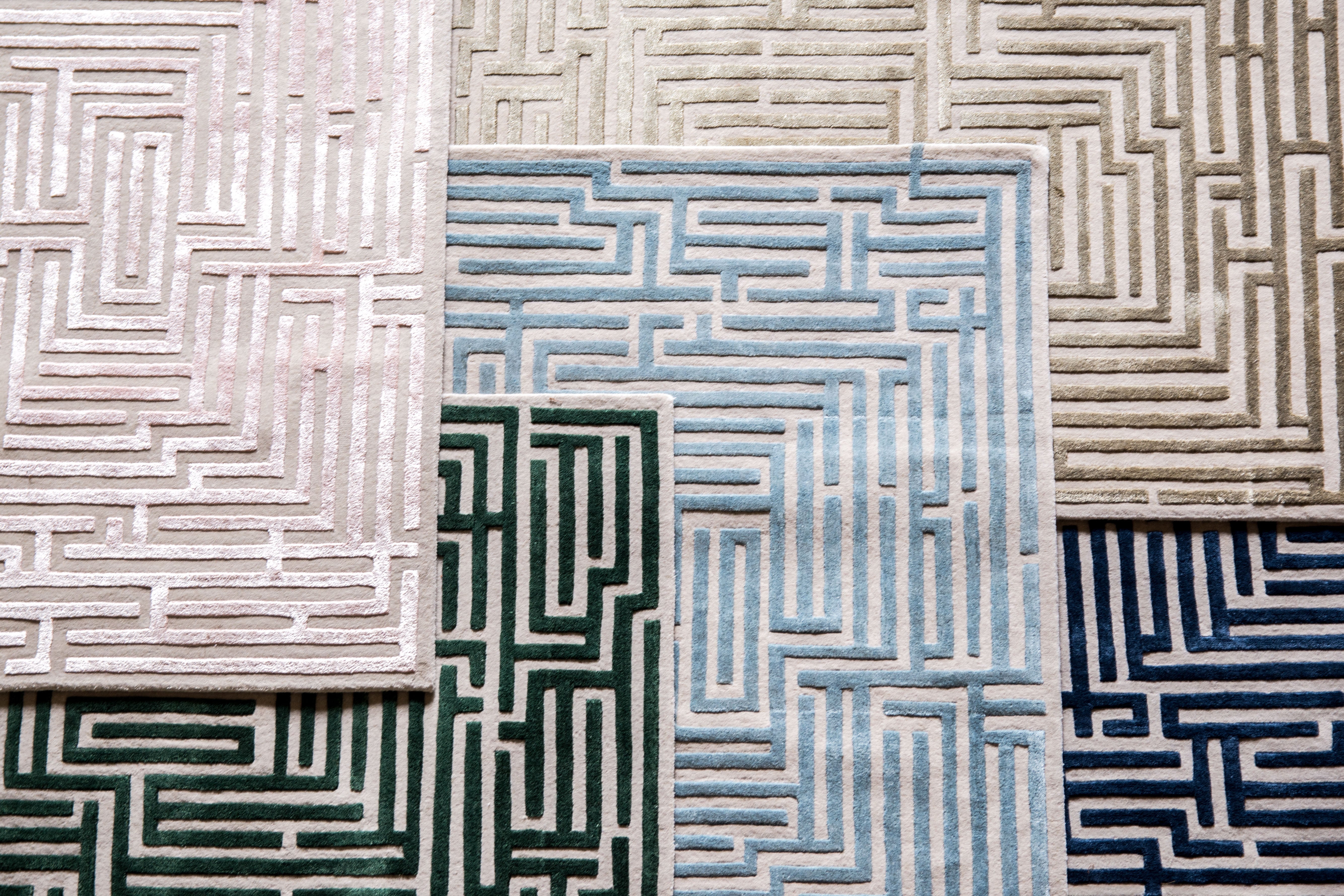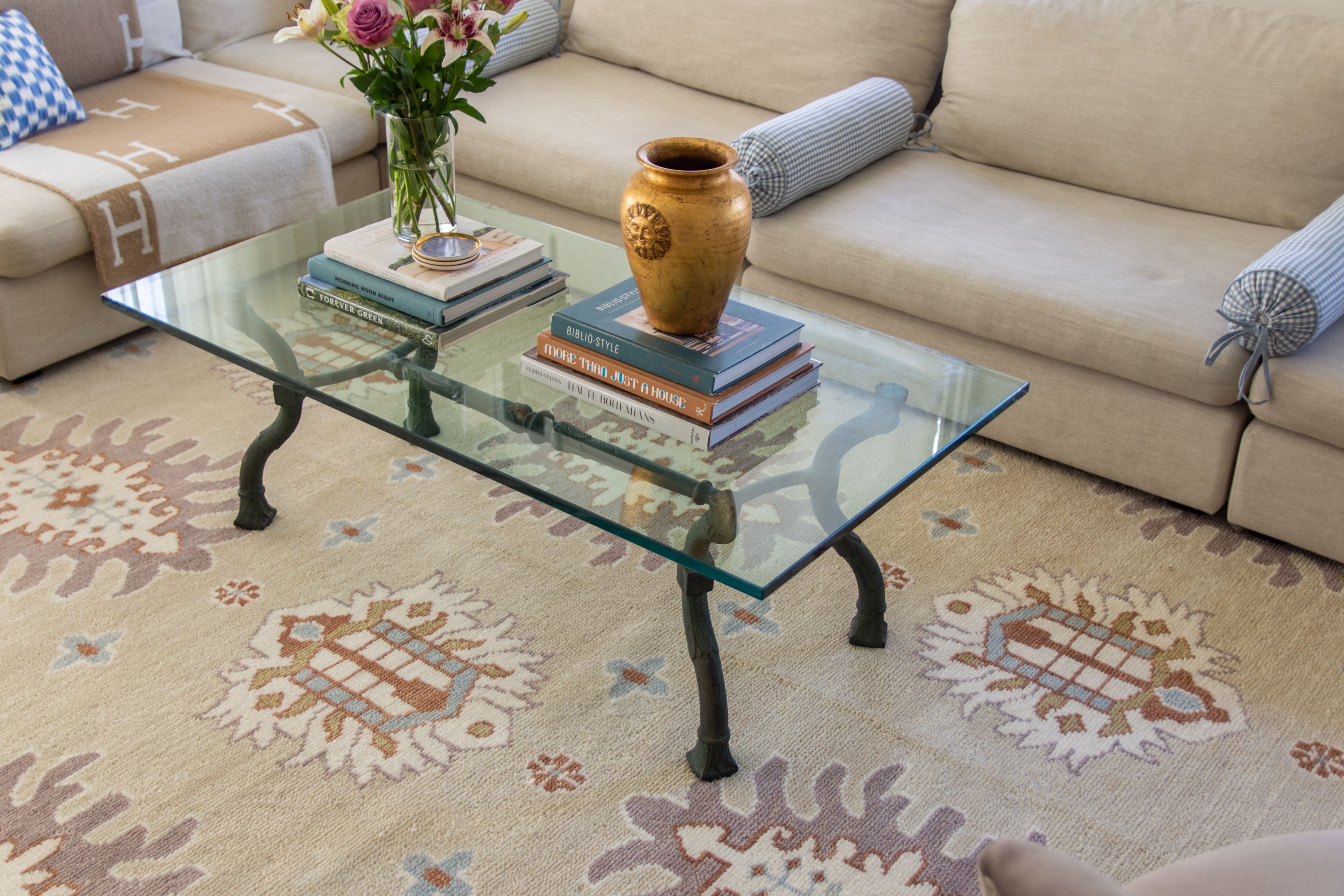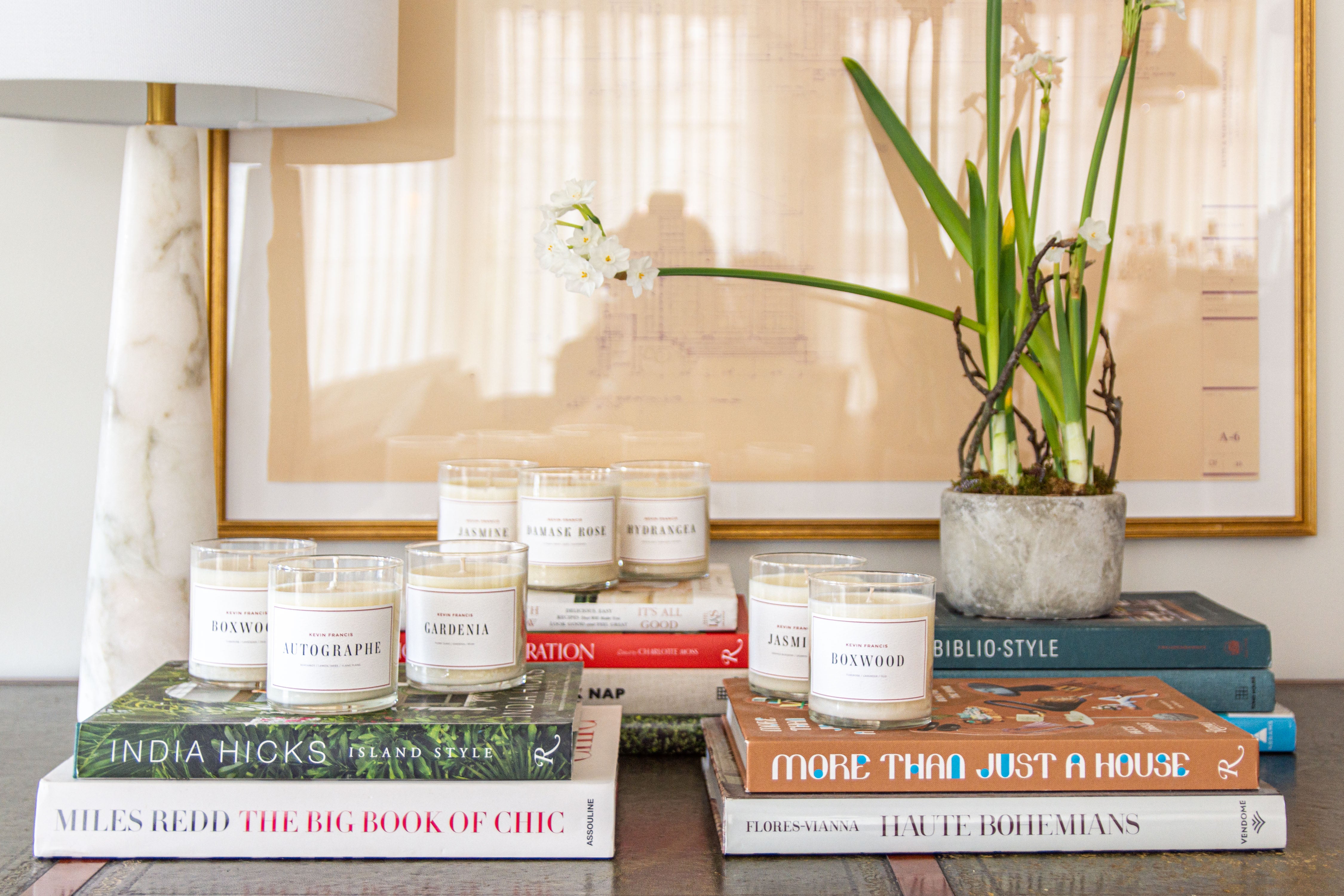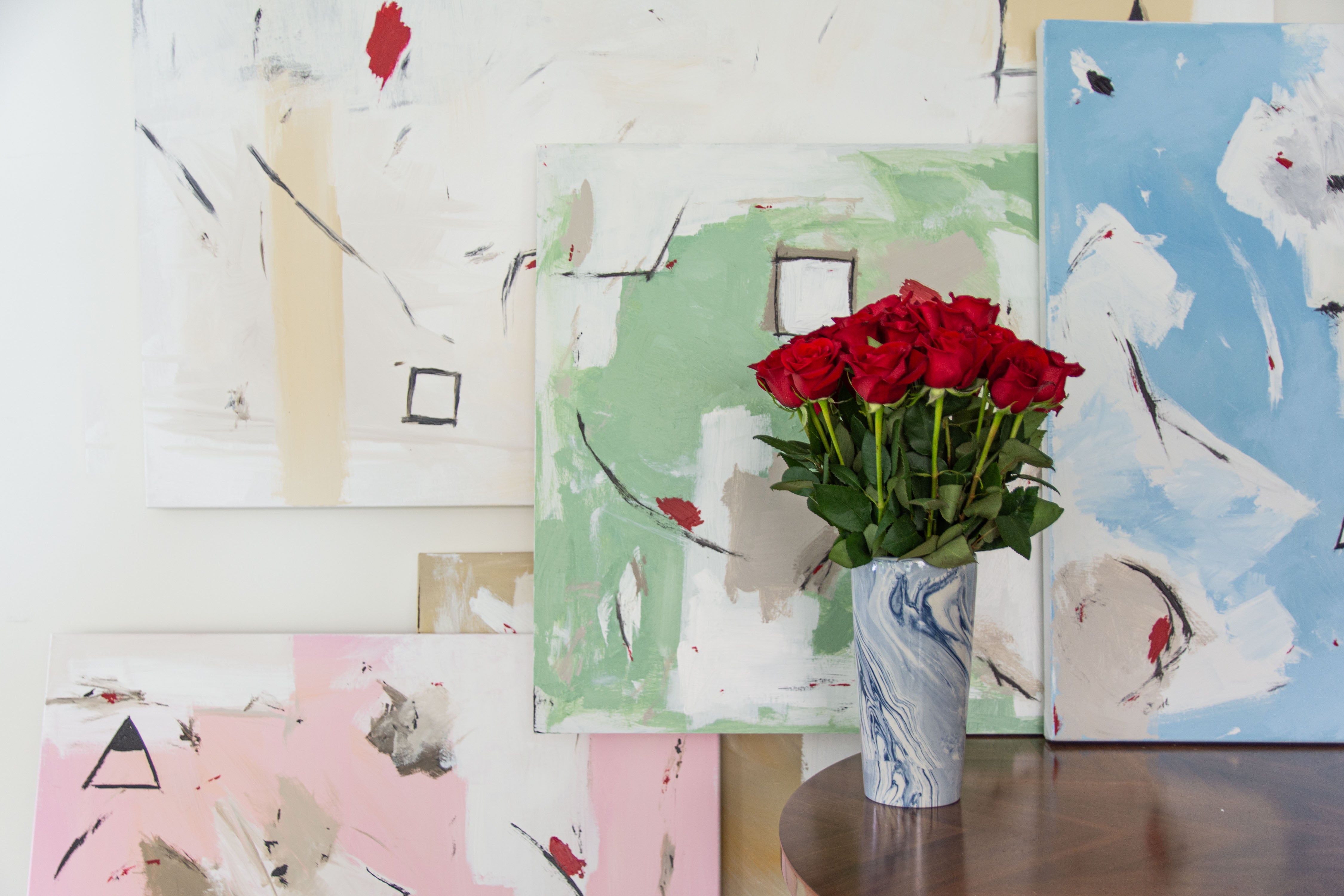A Comprehensive Guide to Different Roof Types: Pros and Cons
Choosing the right roof for your home can be a daunting task, given the variety of options available. In this guide, you'll explore the pros and cons of different roof types, helping you make an informed decision. Whether you are concerned about durability, aesthetics, or cost, this comprehensive overview will steer you toward the best choice for your needs.
Metal Roof
Metal roofs are known for their durability and longevity, often lasting 50 years or more with minimal maintenance. They are resistant to harsh weather conditions, including heavy rain, snow, and high winds. It's believed that this specific type lasts the longest due to its structure and material. Energy efficiency is another significant advantage, as metal roofs reflect solar radiant heat, potentially lowering cooling costs.
However, the initial cost of metal roofing can be higher compared to other materials, and installation requires specialized skills. Noise can also be an issue, as metal roofs tend to amplify the sound of rain or hail. Additionally, although generally stable, metal roofs can expand and contract with temperature changes, leading to potential loosening over time. Despite these drawbacks, the long-term benefits make metal roofs a popular choice for many homeowners.
Tile Roof
Tile roofs are admired for their aesthetic appeal and come in a variety of styles and colors, making them suitable for many different architectural designs. Their durability is another strong point, as tile roofs can last 50 to 100 years and are resistant to fire, insects, and rot. Additionally, tiles offer excellent insulation, helping to maintain indoor temperature and potentially reducing energy costs.
However, tile roofs can be costly both in terms of initial installation and repairs. They are notably heavy, necessitating a robust structural support system, which may add to the overall cost. Installation is labor-intensive and requires professional expertise to ensure proper fitting. Tiles can also be brittle, making them prone to cracking when subjected to heavy impact, which can lead to additional maintenance expenses over time.
Green Roof
Eco-friendly solutions have become an architectural staple, and green roofs offer an alternative to traditional roofing materials. They involve covering the roof with a layer of vegetation over a waterproof membrane. Here are some features you can find on them:
- Vegetation layer
- Growing medium
- Drainage layer
- Filter layer
- Waterproof membrane
- Root barrier
- Insulation layer
- Irrigation system
- Edge and flashing
- Access and maintenance paths
- Biodiversity enhancement
Green roofs provide significant environmental benefits, including improved air quality, reduced urban heat island effect, and enhanced biodiversity. They offer excellent insulation, lowering energy costs. However, green roofs involve high initial expenditures and require specialized maintenance. The added weight also necessitates a strong structural support system, which can further increase the overall cost.
Flat Roof
Flat roofs are a popular choice for modern and commercial buildings due to their sleek appearance and cost-effectiveness. The main advantages of flat roofs include their affordability, ease of installation, and accessibility for maintenance or installations, such as HVAC units. They also offer usable space for rooftop gardens or solar panels. However, flat roofs come with some drawbacks, particularly in terms of drainage.
Water pooling can lead to leaks and damage if not properly maintained. Further, they generally have a shorter lifespan compared to sloped roofs and may require more frequent repairs. Insulation can also be a concern, as flat roofs can be less energy-efficient without proper installation and materials.
Gable Roof
The main advantage of a gable roof lies in its efficient water and snow runoff, reducing the risk of leaks and water damage. The simple design also allows for better ventilation and extra attic space, providing an accessible area for storage or additional living space. Additionally, gable roofs are generally affordable and easier to construct compared to more complex designs.
However, gable roofs have their downsides, particularly in areas prone to high winds or hurricanes. Their peaked structure can cause the roof to collapse under extreme wind pressure if not properly reinforced. Moreover, gable roofs may require more frequent maintenance to inspect and repair potential issues related to wind and water damage.
Mansard Roof
Mansard roofs, characterized by their unique four-sided gambrel design, offer increased attic or living space due to the steep lower slope and relatively flat upper slope. The added space can be utilized for additional rooms or storage, and the aesthetic appeal suits various architectural styles, especially French-inspired designs. Mansard roofs also provide excellent flexibility for future expansions or modifications.
However, the complexity of the design leads to higher initial construction and maintenance costs. The intricate structure can make repairs more challenging and expensive. Additionally, mansard roofs may pose issues in areas with heavy snowfall, as the flatter upper section can accumulate snow, increasing the risk of structural damage and necessitating diligent maintenance.
When selecting a roof type, consider your local climate, budget, maintenance capabilities, and aesthetic preferences. Each roof type has its unique benefits and drawbacks, so weighing these factors will help you make the best choice for your home. By making an informed decision, you’ll ensure that your roof provides lasting protection and adds value to your property.

